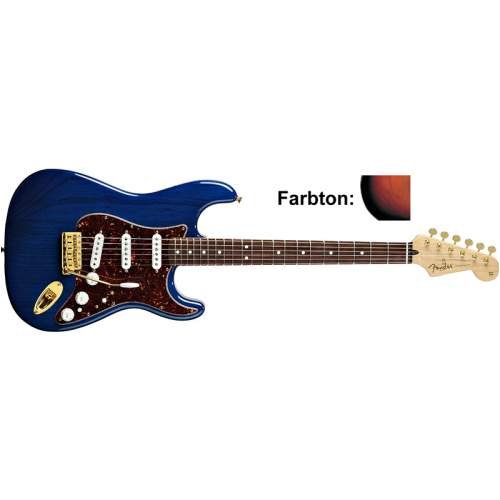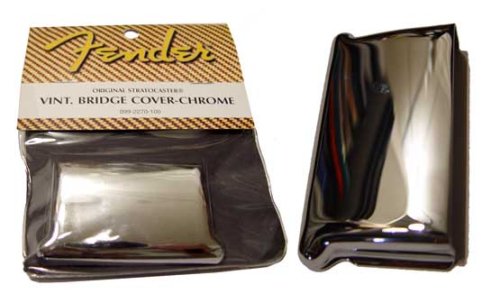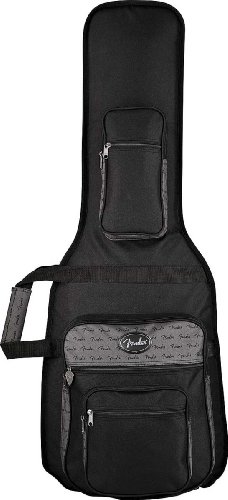
The Gibson SG guitar is one of the most coveted guitars in history. Many musicians over the years have fallen in love with the SG and have remained loyal to Gibson. Here is a bit of the history of the SG for you to enjoy.
Around the year 1960, the Gibson guitar makers were suffering through a sales slump. Not that the Les Paul was not selling, as it was and very nicely. The trouble was that music was evolving and musicians were looking for a sound, or tone, different from what the Les Paul offered.
So in 1961, Gibson radically altered the body shape so it was now thinner, more lightweight and now featured a double cutaway neck area that permitted deeper access to the higher frets. The neck took on a heavier construction and the neck joint was raised approximately three frets higher. This was done in hopes of competing with Fender's Stratocaster model, which was gaining popularity then.
The new design was marketed with the "fastest neck in the world" and this was largely a fact. The neck had a thinner profile (from the side) and with the higher neck joint, the heel was no longer an obstruction, as was the case with the Les Pauls.
Another name was sought because the guitar looked nothing like a Les Paul. Since the guitar was it's inventor's namesake, Les Paul (the inventor of the electric guitar and the Les Paul design) asked that his name removed from the new design completely.
So, the good people at Gibson brainstormed and called the new model an "SG". Ironically enough, this was simply short for "solid guitar".
The Gibson factory had an abundance of plastic "Les Paul" nameplates in stock. So even though Les Paul's name was removed in 1961, Gibson continued to manufacture SG's with the nameplate between the topmost pickup and the fret board until the end of 1963. Finding one of these early SG's with a Les Paul nameplate would truly be a valuable collector's item.
Since the SG was introduced in early 1961, numerous variations have been made carrying the SG name. There was a standard model (SG Standard) as well as a junior model (SG Junior). Then the top of the line Gibson SG Custom made the scene. Curiously, the SG Customs manufactured from 1961-63 did not say 'SG' on them, yet they did have a Les Paul signature plate under the fret board, as did all Les Paul's.
From 1961 to early '63, the truss rod cover on the SG Standard was engraved with "Les Paul". The SG featured a small pick guard on models made between 1961 and 1965. Then, in 1966, another slight redesigning took place. Now the SG had a different type of neck joint and a batwing-shaped pick guard appeared on models from 1967 upwards.
The design was firm until around 1970 or so. The year 1971 saw the release of a new version of the SG with a floating pick guard reminiscent of the Les Paul. Also the control plate was mounted from the front to decrease construction cost.
A variety of quality tailpieces were offered as options as well. Notable ones were the "Maestro", the "Lyre Vibrola" and the Bigsby vibrato tremolo arm. A few new designs were brought into play with the new tailpiece design. A few of these were the SG 100 (a low end version that was more affordable) and the SG 200 (with two single coil pickups). On the higher end of the SG spectrum were the SG Pro and the SG Deluxe models.
Gibson returned to the original design of the SG in 1973. The pick guard went retro to the small original pick guard and the controls were moved to the rear again and the neck was set deeper into the body with a joining point around the twentieth fret. But by the end of that decade, all the SG models reverted mostly to the old design. Current models are now made with 1967-1969 constructions, the larger LP style pick guard that encases the pickups on the SG body. Variations are still available with the small pick guard. Re-issues of the SG are common and popular.
These guitars resemble their 1960's brothers except that a stop tailpiece is now standard. Models of the SG with a vibrato tailpiece are now a custom item or a special edition model.
The first SG that had active factory pickups was introduced in 1980. Gibson tested an SG model with the same active Moog electronics that were being used (or had been used) in a previous model called the RD Artist. This experimental SG sported a thicker body due to the extraneous added circuitry. This model was lovingly nicknamed the "Gibson SG-R1".
The SG-R1 was made of solid mahogany with a black glossy finish. It had no pick guard, the fret inlays were "dots" opposed to original trapezoid shapes and it featured transparent barrel knobs for the treble and bass controls ranging from "0" to "+5" or "-5" instead of "1" to "10". There was also an extra switch to activate a "boost" on the bridge pickup.
The SG-R1 had a fixed bridge with a tremolo/whammy bar standard. Gibson renamed the SG-R1 the "SG Artist" circa 1981 and subsequently discontinued it. Of these SG's, there were only about 200 ever made.
Today the Gibson SG guitar is still as popular as ever and is used by some of the top guitarists to ever strap on an axe. Some of Gibson's loyal users are Angus Young (AC/DC), Hank Williams Jr, Jeff Tweedy (Wilco), Marilyn Manson, Nic Cester (Jet), Pete Townshend (The Who), Shakira and Tony Iommi (Black Sabbath).
"Teach Yourself Guitar The EASY Way" - grab your FREE report that Reveals "How to Avoid the Top 7 Mistakes That Most Beginners Make When Buying a Guitar Learning Product"
http://teach-yourself-guitar.com/freereport
fender highway one stratocaster revie
 If you love to rock out to Fender instruments then this is the belt for you. The Fender Stratocaster Guitar Belt features a 2" leather belt with a cast pewter Fender Stratocaster-shaped belt buckle that measures 5" across and 1.5" tall.
If you love to rock out to Fender instruments then this is the belt for you. The Fender Stratocaster Guitar Belt features a 2" leather belt with a cast pewter Fender Stratocaster-shaped belt buckle that measures 5" across and 1.5" tall.


